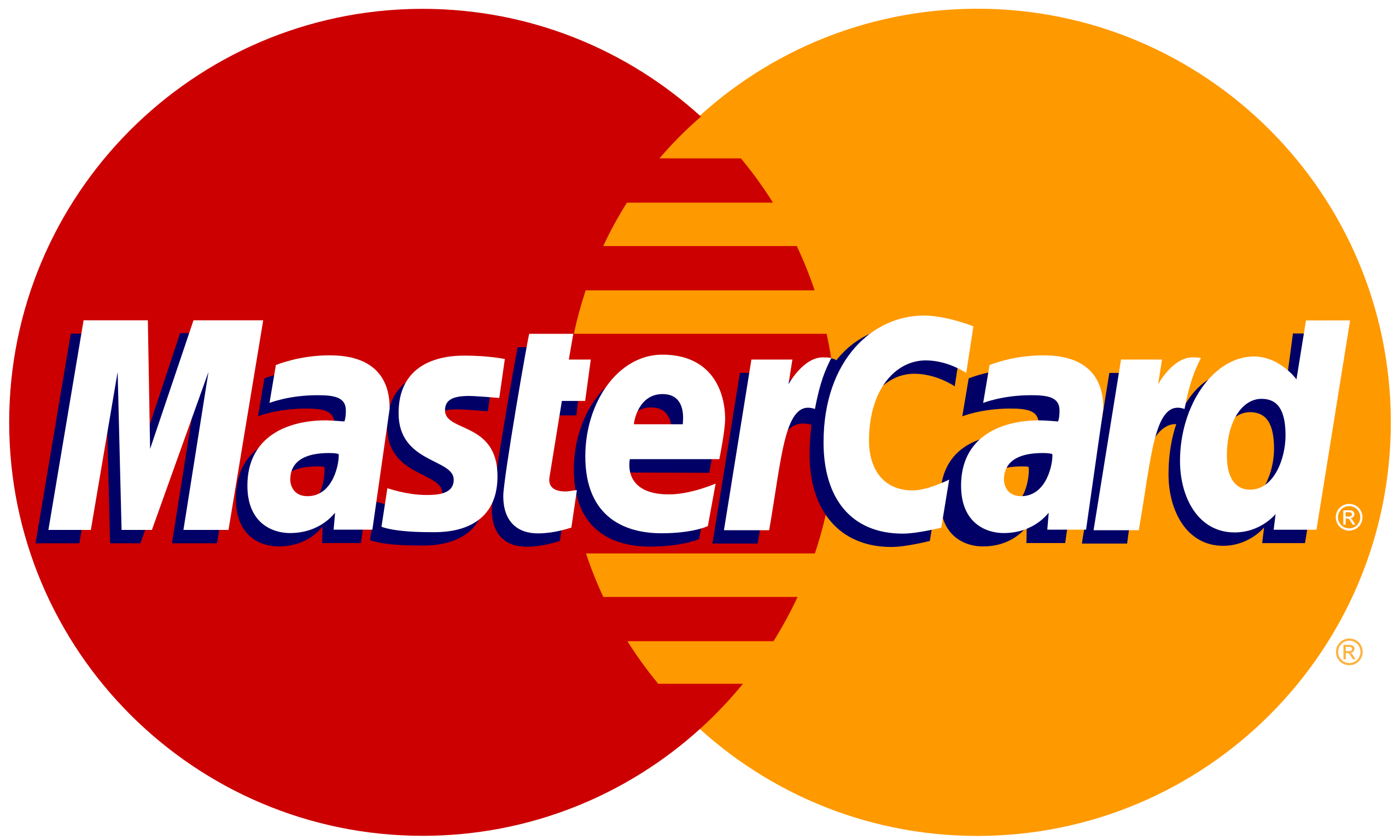What you will learn?
LSS Sponsor (Blue Belt) Module 0 Intro
Module 1 About Lean Six Sigma
Module 2 LSS Belts & Certifications
Module 3 Project Portfolio
Module 4 Sponsor
About this course
Lean Six Sigma Sponsor Certification - Blue Belt (Leadership development)
If you are Sponsoring and Championing Green and Yellow Belts through support and guidance, this course is for you!
Learn how to execute projects flawlessly, what to expect your Yellow and Green Belts to deliver and earn a globally recognized certification in the process! Welcome to our Lean Six Sigma Project Sponsor Champion Training.
After successful completion of this course, you will have the skills to provide direction and support to improvement teams to achieve successful results. As a Blue Belt, so much rides on your ability to provide leadership to improvement teams at all levels!
Why you need a Sponsor Certification - Blue Belt?
Even the best teams will struggle to succeed if the leaders of the organization do not understand, or do not actively support their work. While a Sponsor does not need to understand all the technical details and all the tools introduced through Lean Six Sigma, a Sponsor does need to have the knowledge and skills to prevent mistakes and misalignment, to recognize red flags when they occur and to respond quickly and effectively when issues arise.
Benefits of Lean Six Sigma Sponsor Certification.
Lean Six Sigma training programs usually recognize the importance of the Sponsor role. That said, we discovered a huge gap in training and certification for this critical role. The vast majority of training for sponsors includes a high-level overview of Lean Six Sigma – similar to a White Belt level.
While informative, this in no way provides enough substance to equip the Sponsor to understand:
- What to expect in each phase of a project?
- What challenges the team will face?
- How to interpret the data that the team presents?
- How to accurately weigh in on the key decisions?
- How to determine when the team should continue analyzing or move forward?
- How to ensure that the improvements are sustainable?
- And most importantly, how to keep the teams engaged and productive.
The role of all participants in Lean Six Sigma projects is to improve an organization. And we are here to provide you with the competence you need to drive teams to success, to develop high-functioning teams, and to create a workplace that you truly enjoy.
Suggested by top companies
Top companies suggest this course to their employees and staff.





FAQ
Comments (0)
Workbook for this Project Sponsor Manager Certification. Please download, print, or use electronically to capture notes etc. as you will only have 2 attempts at the exam at the end of the course.
Good luck!
Templates for this Certification - Please download and use!
Lean Six Sigma training programs usually recognize the importance of the Sponsor role.
That said, we discovered a huge gap in training and certification for this critical role.
The vast majority of training for sponsors includes a high-level overview of Lean Six Sigma – similar to a White Belt level.
While informative, this in no way provides enough substance to equip the Sponsor to understand:
What to expect in each phase of a project
What challenges the team will face
How to interpret the data that the team presents
How to accurately weigh in on the key decisions
How to determine when the team should continue analyzing or move forward
How to ensure that the improvements are sustainable
And most importantly, how to keep the teams engaged and productive
The name “Lean Six Sigma” is actually a combination of two types of process improvement methods; Lean and Six Sigma.
Let’s get started with our first topic… About Lean Six Sigma to learn a bit about the name, the history and the meaning.
In highly successful companies, a common trait is the importance that they place on building highly functioning teams of engaged employees.
Clarifying the different roles and the expectations of each is a key factor for high level engagement.
There are different specific roles involved in a Lean Six Sigma implementation and in this module, we’ll review the roles and the competencies of each.
Managing the Project Portfolio – sometimes called Project Portfolio Management or PPM – refers to the method used to monitor and manage the return on the investment that’s made into improvement projects.
By organizing the method to align the organization, making strong decisions and continually monitoring and intervening as needed, an organization can realize huge benefits from projects instead of draining resources and adding futile tasks to an already stressed or frustrated workforce.
Not all organizations have a formal structure in place to select projects…as a matter of fact, most don’t.
But whether it’s formal or not, decisions are being made and resources are being consumed.
A typical management meeting may go around the room and ask for updates on different efforts going on.
There is usually an overwhelming amount of details to cover, more challenges or changes pop up and the leadership team can feel drained and spread very thin after these discussions.
The first major step that the Sponsor will lead is the Gap or Opportunity Analysis.
This is something that tends to happen organically – in other words – department leads or decision makers get pressure or input from all kinds of sources that give them ideas of improvements to work on.
But if this step is not done with a good tool or structure, we end up focusing on what is important today – the most recent issues – or the loudest voices versus the alignment to the bigger picture.
Project selection might occur at any level of the organization. It all depends on the structures in place and the overall alignment around Continuous Improvement in the organization.
If the organization is working as a whole, they will establish a cycle to support and manage the critical decisions and monitoring that must occur to select and support improvements.
However, if this level of coordination does not exist, it might be up to a Function, a Team or Workgroup or even an individual to identify potential areas for improvement and then select a specific project.
Regardless of the level where the project selection occurs, the same concepts and guidelines apply. Of course, the greater the alignment and support from leadership, the greater the chances of success and the higher the impact.
Improvement initiatives or projects require resources & time and it’s easy to lose track and end up with little to nothing in return.
The objective of a more structured approach to select projects is to ensure that we experience a good return on our investment.
Having a realistic understanding of our resource availability is one of the most challenging aspects of managing the project portfolio.
The responsibility of the plan for Project Kickoff, which is effectively the final step in Project Selection, belongs to the Project Sponsors.
They will coordinate the timeline of the projects, the meetings where the project is officially kicked off and they will develop the plan for ongoing Tracking and supporting of the projects
The Portfolio Review is about creating a mechanism to strongly support the multiple efforts going on in the organization and drive to meaningful results quickly.
Did you know that project failure rates are typically as high as 70%?
How well we manage the Leadership Cycle including the setting of direction, selecting of projects and managing the portfolio of project has a massive impact on the overall health of your organization.
We have seen organizations of all types struggle with problems at the source.
The challenge is that functions are not usually set up to provide employees with the skill and time that it takes to solve problems.
And management many times does not have an infrastructure in place to support the problem-solving or to properly address escalations.
We have created a simple, but powerful guide to help tackle this issue – we call it Primary Problem-Solving. The focus is…in this order:
#1 Prevent issues where possible
#2 When we cannot prevent, have a mechanism to detect issues early
#3 and when issues are detected, be ready with a quick and effective Response.
So, Prevention, Detection and Response
Welcome to Sponsoring the Green Belt. The role of the Sponsor is critical. Without a Sponsor to actively and skillfully support improvement projects, the risk of failed projects is huge. And while most Lean Six Sigma courses include Sponsor or Champion training, they’re almost always a very light version – more of an awareness course – and not one that delivers actual competence to a successful and sustainable solution ensuring the greatest ROI – or return on investment that the company is making into the project.
This course builds upon other modules available through our e-Learning platform including:
Lean Six Sigma White Belt
Lean Six Sigma Yellow Belt
And Managing the Project Portfolio
One of the most important practices for the Project Sponsor is the Tollgate Meeting.
This is a meeting between the improvement team and you.
The Tollgate meeting with the sponsor means that the team believes that they are ready to complete one phase and move onto the next …and they need to ensure that you have approved the work done so far – the milestones - and that the team is aligned with organizational leadership before taking the project any further.
We are now entering the first phase of DMAIC, the Define phase. In this phase of the project, the team is focused on understanding all the foundational elements so that they can effectively move through the real work of problem-solving with clear purpose.
In this phase, the team will Define the Process, the Problem, the details of the Project itself and the Project Stakeholders
Welcome to the Measure phase of DMAIC!
With the project defined, the team is now ready to plan for the data portion of their project. In the Measure phase, the team will solidify the baseline measure of the problem they are trying to solve, they will determine what data they need for analysis – that is, data that will lead them to understand the root causes of the problem, and they will create a formal Data Collection plan to ensure that good, solid data is collected efficiently.
We all have beliefs and assumptions… some are obvious ones like — the earth is round.
Or that the earth revolves around the Sun. Or the Sun rises in the east.
And some are not so obvious or have varying level of uncertainties — “Does exercising reduce weight? Who is going to win the next election? Which drug works the best? How many hours of sleep do I need?”
So, what if I come to you and say that eating healthy does NOT affect weight? People will likely challenge me, but there IS a logical structure in which my hypothesis can be supported or not! This brings us to the notion of Hypothesis statements and Hypothesis testing.
Let’s take a peek inside Process Analysis to give you insight into some of the tools and techniques that the project team will use.
Process Analysis is about diving into detail on those areas of the process where we suspect the root causes live – it’s about understanding what’s really happening in the process.
As a part of Process Analysis, the team will likely create a detailed process map – or a flowchart. This is a graphical diagram that represents a workflow or process. The basic shapes that are used in a detailed process map are the oval or circle used to indicate the starting and ending points. The square or rectangle indicates a step or a task. The diamond is a decision point or an alternate path. And the arrows show the flow of the work.
The Improve phase focuses on developing ideas on how to make our processes better – to remove sources of problems, waste, frustration and variation that ultimately limit our ability to grow and scale.
This phase deals with generating ideas for solutions to the root causes that were verified through Analysis and then testing and standardizing potential solutions.
This is the most creative stage of DMAIC because it’s not heavily reliant on statistical analysis and instead asks people to come up with ideas for solutions. It’s also experimental, because each feasible idea will be tested on a pilot scale before being implemented.
The path through this phase is to explore proven solutions, create ideas for new ways of working, choose the best solution for our problem, develop that idea and then implement or upgrade the process
The great thing about using a rigorous approach like DMAIC, is that– structure sets you free! A structured approach consists of things like tools, sequence, checklists and approvals.
When these things support and guide our project, it allows us to focus on the substance of work.
It’s a common mistake to get over-confident after a successful pilot. Compared to full-scale implementation, the pilot is usually a much more controlled situation, with fewer variables to manage and fewer people involved. Other problems are almost sure to arise in the conversion from the test to final roll-out of a new process. There will also be many complicated issues that your team will have to address. You may have to consider additional stakeholders and customers, which is especially true when moving across the country or into international business units.
Executing the implementation needs to be proactive and focused. Preparing for the implementation of a process improvement requires strong project management skills and the implementation should be run in an organized manner - using project management tools such as a Gantt chart can be a big help. As with any strong plan, we will answer questions like:
What tasks will need to be done?
How long will it take?
Who will do the tasks?
In what order will things get done and when?
When do we expect to see results?
To whom do we communicate the results and how?
Elements of the control plan have been created throughout the project. In the Define phase, we clarified the problem and goal. In the Measure phase, we defined the baseline of the problem. In the Analyze phase, we gained an understanding of the factors causing problems with our results.
And in Improve, we developed and documented new ways of working. In the control phase, we will build upon all the work that we have done so far, with a focus on successfully sustaining our results.
In practice, many inexperienced teams will consider the project done once the solution is in place.
And after this segment, you’ll understand why this phase is the key to maximized and sustainable results.
Without the practices that are introduced in the Control phase, it is pretty predictable that any benefits will soon fade away and the process will be back where it started before we put all this time and effort into the project.












